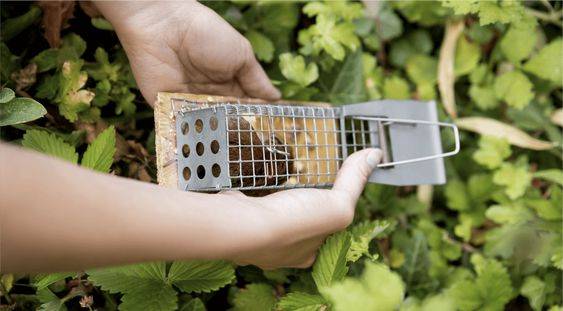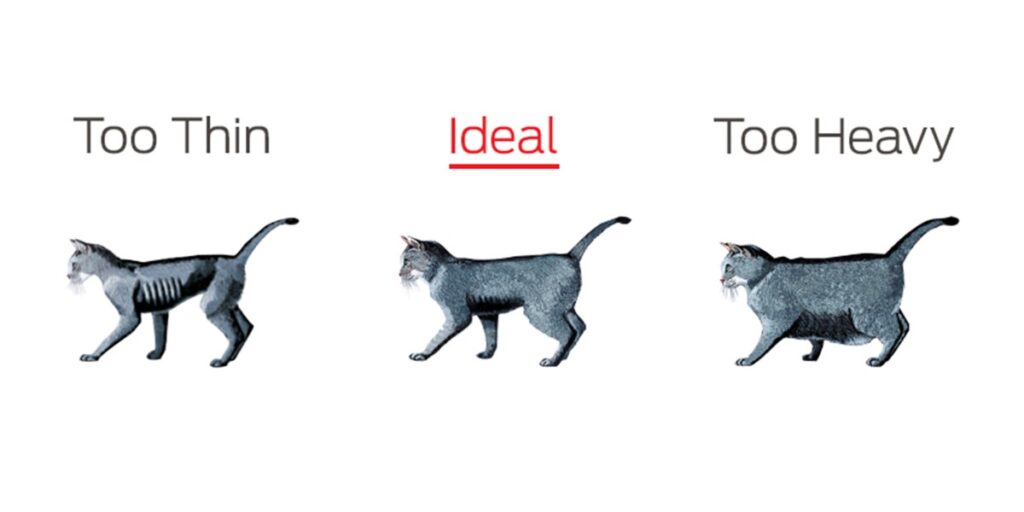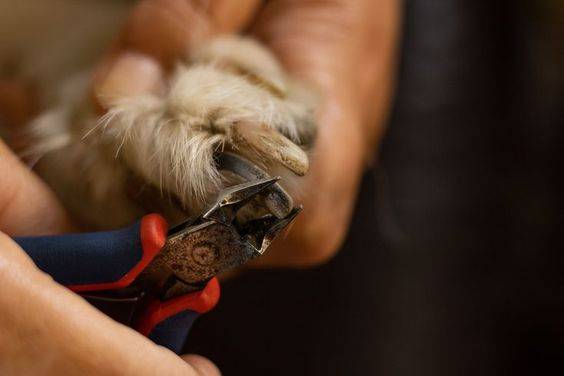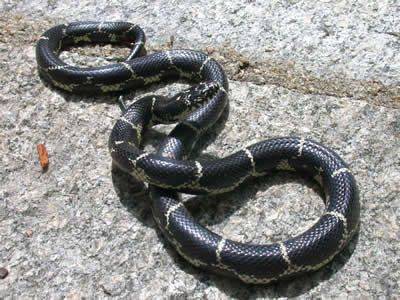Rat infestations can be a nightmare for pet owners. Not only do rats pose health risks to humans, but they can also harm our beloved furry friends. To tackle this problem, many pet owners turn to rat traps. However, it’s essential to choose the right traps and use them safely to protect both your pets and your home. In this guide, we’ll explore everything you need to know about rat traps, from types and effectiveness to safety measures.
Understanding the Need for Rat Traps:
Rats are not only a nuisance but also carriers of diseases such as leptospirosis and salmonellosis, which can affect both humans and pets. They can also transmit parasites like fleas and ticks, leading to discomfort and health issues for your pets. Moreover, rats can cause structural damage to your home and harm your pet’s food and water sources.
Types of Rat Traps:
1. Snap Traps:
These traditional traps are designed to kill rats quickly and humanely.
2. Glue Traps:
Glue traps are adhesive boards that rats get stuck to when they walk over them. While they are effective, they may not always kill the rat immediately, leading to prolonged suffering.
3. Electronic Traps:
These traps deliver a lethal electric shock to rats when they enter the trap. They are considered humane and are suitable for households with pets.
4. Live Traps:
Live traps capture rats without harming them, allowing you to release them elsewhere. However, this method requires careful handling to prevent harm to both the rats and your pets.
Effectiveness of Rat Traps:
The effectiveness of rat traps depends on various factors, including the type of trap used, placement, and baiting. Snap traps are generally considered highly effective when placed correctly along rat pathways. Glue traps can also be effective but may not work well in dusty or humid environments. Electronic traps offer a humane and efficient solution, delivering a quick and lethal shock to rats. Live traps are effective for capturing rats alive, but they require regular monitoring and release to prevent stress and harm to the captured rats.
Safety Measures for Using Rat Traps:
- Choose pet-safe traps: Opt for traps specifically designed to be safe for use around pets. Look for features such as covered bait areas and tamper-resistant mechanisms.
- Secure traps: Place traps in areas inaccessible to pets, such as behind furniture or inside cabinets. Ensure they are securely anchored to prevent accidental triggering.
- Use bait strategically: Use pet-safe bait such as peanut butter or dried fruit to attract rats while minimizing the risk to your pets.
- Monitor traps regularly: Check traps frequently to remove any captured rats promptly. This prevents prolonged suffering and reduces the risk of your pet coming into contact with trapped rats.
- Dispose of rats safely: If using lethal traps, dispose of captured rats carefully to prevent exposure to pets and humans. Wear gloves and seal rats in plastic bags before disposing of them in outdoor trash bins.
- Consider professional help: If you’re unsure about using rat traps safely around your pets, consider hiring a professional pest control service. They can assess your home’s needs and implement effective, pet-safe solutions.
Conclusion:
Rat traps are a valuable tool for pet owners dealing with rat infestations. By choosing the right traps, using them safely, and taking appropriate precautions, you can protect both your pets and your home from the dangers posed by rats. Remember to prioritize pet safety when implementing pest control measures and seek professional help if needed. With proper care and attention, you can keep your pet safe and rat-free.







